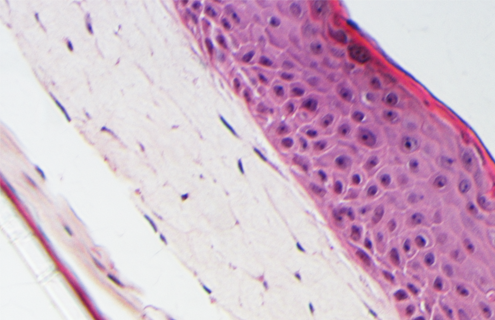
Human telomerase reverse transcriptase (hTERT)–immortalized primary cells represent a breakthrough in cell biology research that combines the in vivo nature of primary cells with the traditional cell line's ability to survive continuously in vitro. ATCC genetically modified human primary cells so they exhibit the growth characteristics of a continuous cell line with extended proliferative capacity yet maintain the physiology of a primary cell.
Browse our hTERT-immortalized cell lines
ATCC hTERT-immortalized primary cells include:
- Adipocytes/Preadipocytes
- Aortic endothelial cells
- Barrett’s esophageal epithelial cells
- Bronchial epithelial cells
- Respiratory epithelial cells
- Chrondrocyte fibroblast cells
- Dermal microvascular endothelial cells (including TIME cells)
- Endometrial fibroblast cells
- Foreskin keratinocytes
- Lung endothelial cells
- Mammary epithelial cells
- Mesenchymal stem cells
- NTAP Schwann cells
- Pancreas duct cells
- Prostrate cells
- Renal epithelial cells
- Retinal pigmented epithelial cells
- Skin fibroblast cells
hTERT-immortalized Primary Cells

hTERT-immortalized Primary Cells: You Can Have Your Cake and Eat It Too
Understanding how skin is pigmented is critical to treating pathologies such as hyperpigmentation, hypopigmentation, and mixed hyperpigmentation/hypopigmentation. Read this poster to learn how hTERT-immortalized melanocytes are a robust model for studying melanocyte function by providing primary melanocyte functionality while exhibiting immortalized characteristics.
Learn More
hTERT-immortalized and Primary Ker-CT Differentiate into Epidermal Structures
Human keratinocytes formed 3-D epidermal structures, rendering them an excellent and reproducible in vitro whole-cell model for the examination of mechanisms regulating keratinocyte biology in the processes of wound healing, dermal remodeling, cancer research, and drug toxicology evaluation in a tissue physiology-relevant context.
Read the application note